Driven by the rapid development of automotive interconnection and autonomous driving technology, the automotive user experience has undergone tremendous changes, and this trend of change is accelerating. Thanks to Vehicle-to-Everything (V2X) technology, car connectivity has increased dramatically, making vehicles safer and more environmentally aware. At the same time, through the application of advanced driver assistance systems (ADAS), the autonomy of the vehicle is enhanced, which in turn enables more intelligent driving behavior.
The side effect of these technological advances is that they "increase the risk of cyberattacks." The ability of vehicles to connect to the Internet can make them a gateway for attackers, and the application of automation technology significantly amplifies the impact of attacks. In a real-world scenario, the biggest concern would be for a remote attacker to break into the car via a wireless interface and take control of the vehicle using its ADAS capabilities.
In the field of intelligent connected vehicles, the reliability of hardware and software is crucial. Safety design principles need to be deeply rooted in the electronic control unit (ECU). Safety and protection measures are key, and each ECU should have a safety level tailored to it. This strategy ensures that every component of automotive hardware contributes to overall safety performance, providing a solid foundation for building a stable and reliable automotive system.
Imagine a situation in which a hostile force or hacker group successfully infiltrates the control network of an intelligent connected car. The consequences could be catastrophic: widespread traffic accidents, severe traffic congestion, and even deliberate use of these vehicles to launch attacks on specific individuals or critical infrastructure.
The challenge of network security of intelligent connected vehicles
Ensuring automotive cybersecurity is a comprehensive challenge that encompasses software development, cryptography, operating systems, and lifecycle management. Among them, a significant difficulty lies in the implementation of safe and reliable coding specifications in the automotive environment. Adherence to strict standards is key to improving the robustness and reliability of software for smart connected vehicles, which helps protect against potential cyber attacks and security vulnerabilities.
The integration of artificial intelligence (AI) into automotive systems complicates cybersecurity protection. Adding AI-powered capabilities to connected cars, such as autonomous driving and advanced driver assistance systems (ADAS), not only broadens the attack surface, but also increases the complexity of the system. Critical safeguards include: secure startup processes, encrypted communication protocols, fault and intrusion detection systems, and memory security. These measures are essential to prevent hackers from exploiting AI's driving capabilities.
In the near future, the adoption of post-quantum encryption technology will be essential to ensure the security of in-vehicle communication and data exchange. With the development of quantum computing, some existing encryption algorithms will be at risk of being brute-force cracked, so deploying encryption algorithms that are resistant to quantum attacks will become a key measure to ensure vehicle security.
To ensure that security applications operate independently and securely in a software-defined vehicle, a secure operating system needs to be deployed. These operating systems effectively reduce the risk of unauthorized access and tampering by isolating critical functions and services. At the same time, managing the safety life cycle of intelligent connected vehicles is a key foundation for maintaining safety measures at all stages, from IC manufacturing to vehicle obsolescence.
The cybersecurity commitment is not limited to the development and deployment phase of the vehicle, but covers the entire life cycle of the vehicle, from birth to retirement. The ISO/SAE 21434 standard, as well as the Cyber Resilience Act, highlight the importance of lifecycle cybersecurity management. This comprehensive approach to security ensures that vehicles continue to defend against evolving threats and vulnerabilities throughout their operational life, including the ability to download over the air (OTA) security firmware updates. By integrating lifecycle cybersecurity management practices and through product security incident Response team services, the automotive industry can further enhance the security and trust of intelligent connected vehicles and protect them from emerging cyber threats.
Safety certification is key to building trust at all levels of the autonomous vehicle ecosystem. Each component needs to go through a rigorous certification process to verify its safety performance and guarantee its reliability. From individual ECUs to complex vehicle systems, robust safety certification protocols are critical to enhancing confidence in the hardware components that power autonomous driving functions. This includes achieving ISO 26262 ASIL-D certification, deploying robust security measures, and complying with industry standards to improve the defense of vehicle systems against cyber threats throughout the operational lifecycle.
Working together to ensure a safe future of transportation
In meeting the challenge of ensuring the safety of autonomous vehicles, embedded cybersecurity has become a core pillar of automotive innovation. By working together to prioritize cybersecurity measures, adopt best practices, and deploy cutting-edge cyber threat detection and monitoring solutions, we can effectively reduce risk while unlocking the transformative potential of the smart connected car.
However, the responsibility for maintaining the robustness of autonomous vehicles should not rest solely with manufacturers and developers. Collaboration between government, academia and industry stakeholders is essential to anticipate emerging threats and effectively mitigate risks. In addition, public awareness and education are equally critical to build cybersecurity awareness among the user base of smart connected vehicles.
Collaborative safety management across the value chain is critical to ensuring the safety of smart connected vehicles. This requires close cooperation between manufacturers, suppliers, service providers, and regulators to share responsibility for safety management. All participants must demonstrate a strong commitment to safety management and take effective measures. By working together to uphold cybersecurity standards and practices, the automotive industry will build a strong foundation for trust and reliability in automotive technology.
By confronting these challenges and advancing cooperation across borders, we can ensure that the future of autonomous vehicles is not clouded by the shadow of cybersecurity. At every step of the way, let's make embedded cybersecurity the cornerstone of a safer, more reliable automotive era.
In addition, the rise of this new paradigm opens up new paths for the monetization of security services, as well as the innovation of business models. While challenges do exist, they are accompanied by vast opportunities for exploration and innovation.
The Products You May Be Interested In
 |
AMI-28A-12-3 | LINE FILTER 110/250VAC 12A CHAS | 477 More on Order |
 |
AMI-28A-6-3 | LINE FILTER 110/250VAC 6A CHAS | 142 More on Order |
 |
AMI-M11P-6-20-B | LINE FILTER 250VAC 6A CHASS MNT | 353 More on Order |
 |
AMI-M12R-1-1-B-2 | LINE FILTER 250VAC 1A CHASS MNT | 466 More on Order |
 |
AMI-27A-6-3 | LINE FILTER 250VAC 6A CHASS MNT | 269 More on Order |
 |
AMI-M11P-1-3-B-1 | LINE FILTER 250VAC 1A CHASS MNT | 254 More on Order |
 |
AMI-M11J-1-20-B-1 | LINE FILTER 250VAC 1A CHASS MNT | 484 More on Order |
 |
AMI-23A-6-3 | LINE FILTER 250VAC 6A CHASS MNT | 136 More on Order |
 |
AMI-22B-3-1 | LINE FILTER 250VAC 3A CHASS MNT | 351 More on Order |
 |
AMI-22A-3-1 | LINE FILTER 250VAC 3A CHASS MNT | 215 More on Order |
 |
AMI-M11A-6-20-D | LINE FILTER 250VAC 20A CHASS MNT | 279 More on Order |
 |
AMI-M11A-1-2-B | LINE FILTER 250VAC 2A CHASS MNT | 421 More on Order |
 |
AMI-26-30-6 | LINE FILTER 250VAC 30A CHASS MNT | 420 More on Order |
 |
AMI-27B-10-1 | LINE FILTER 110/250VAC 10A CHASS | 370 More on Order |
 |
AMI-26-16-1 | LINE FILTER 250VAC 16A CHASS MNT | 381 More on Order |
 |
AMI-23B-20-1 | LINE FILTER 250VAC 20A CHASS MNT | 276 More on Order |
 |
AMI-26-6-3 | LINE FILTER 250VAC 6A CHASS MNT | 413 More on Order |
 |
AMI-21-12-3 | LINE FILTER 250VAC 12A CHASS MNT | 307 More on Order |
 |
AMI-22-3-3 | LINE FILTER 250VAC 3A CHASS MNT | 157 More on Order |
 |
AMI-M11D-1-3-B-2 | LINE FILTER 250VAC 3A CHASS MNT | 139 More on Order |
 |
AMI-M11J-1-3-B-2 | LINE FILTER 250VAC 3A CHASS MNT | 312 More on Order |
 |
AMI-M11J-3-10-B-1 | LINE FILTER 250VAC 10A CHASS MNT | 444 More on Order |
 |
AMI-21-10-3 | LINE FILTER 250VAC 10A CHASS MNT | 478 More on Order |
 |
AMI-M11A-1-10-D | LINE FILTER 250VAC 10A CHASS MNT | 375 More on Order |

 Semiconductors
Semiconductors









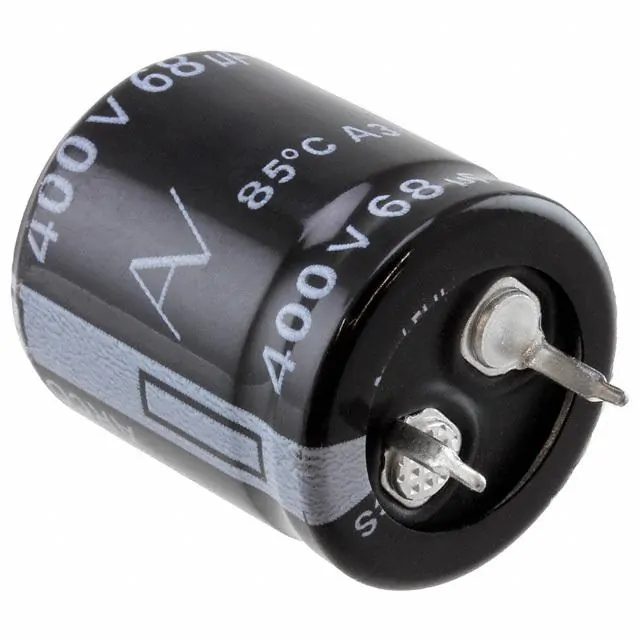 Passive Components
Passive Components









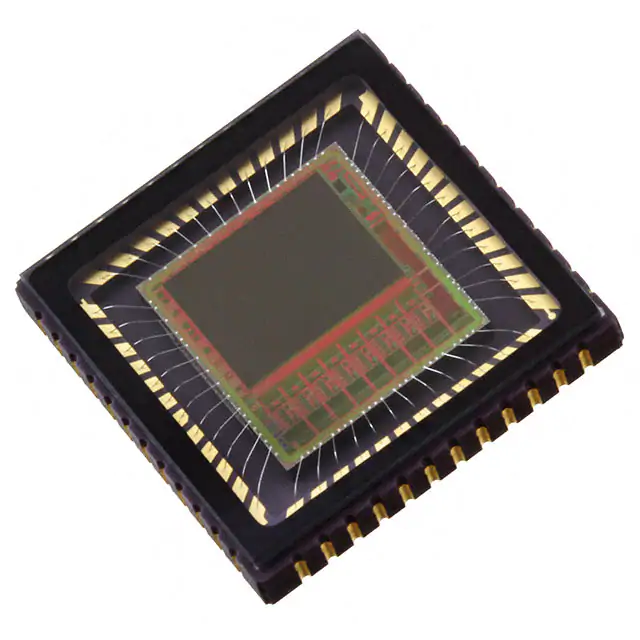 Sensors
Sensors








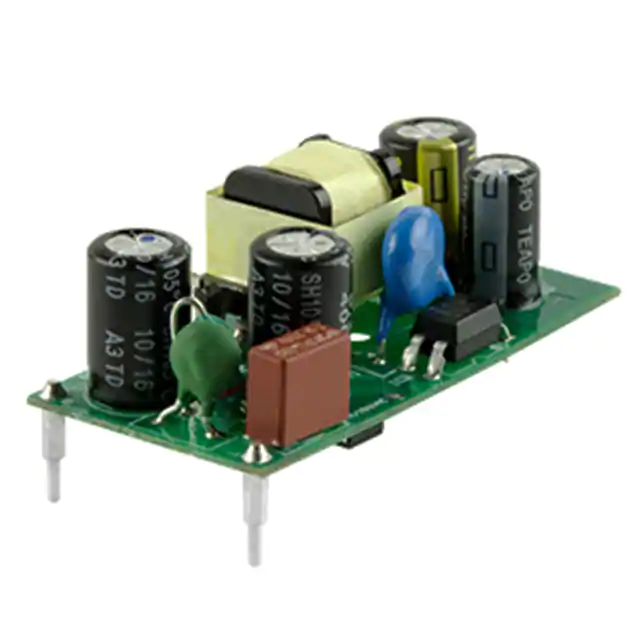 Power
Power









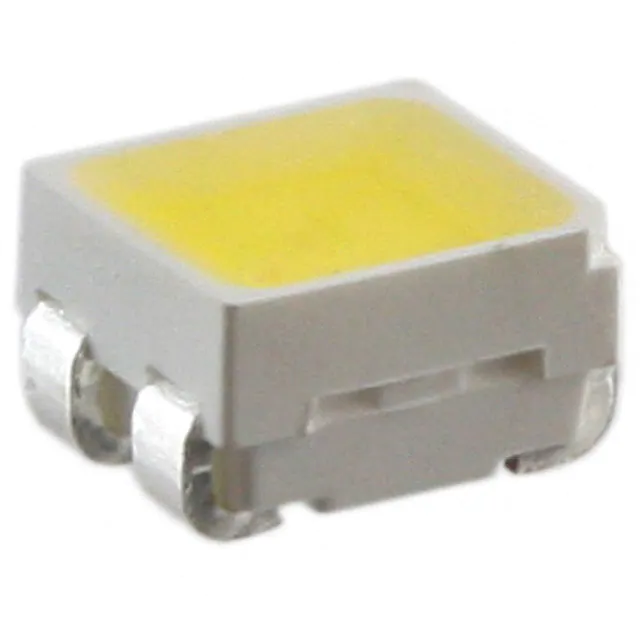 Optoelectronics
Optoelectronics








